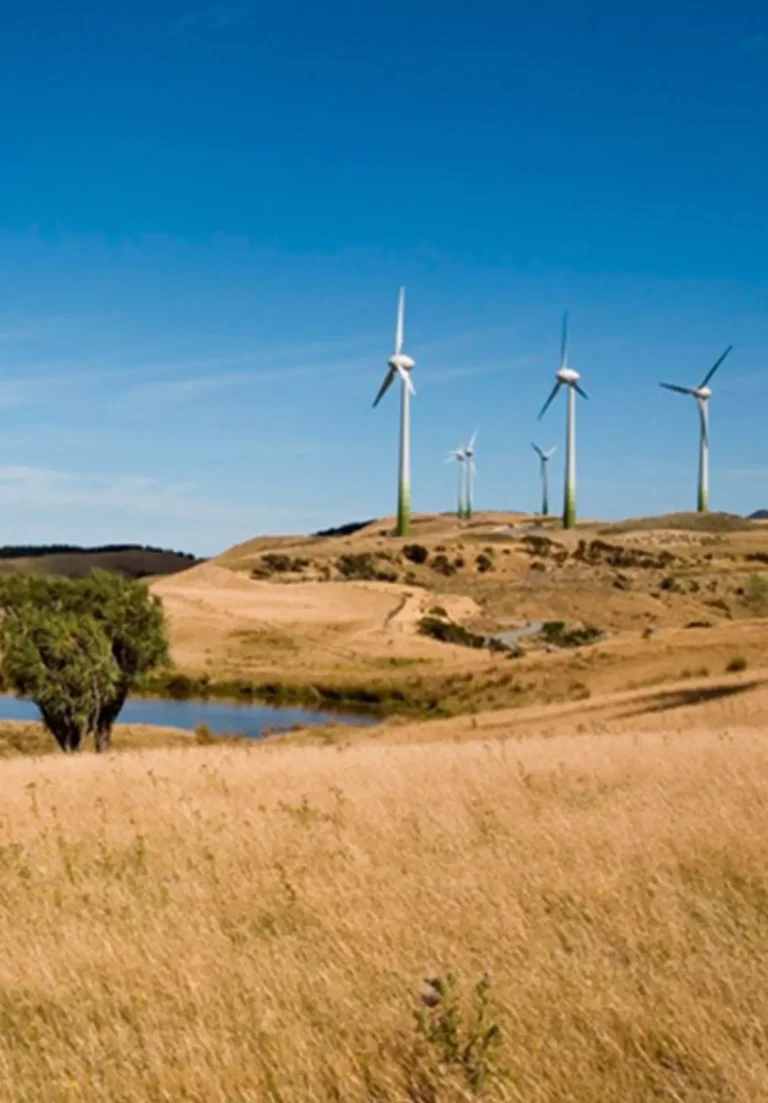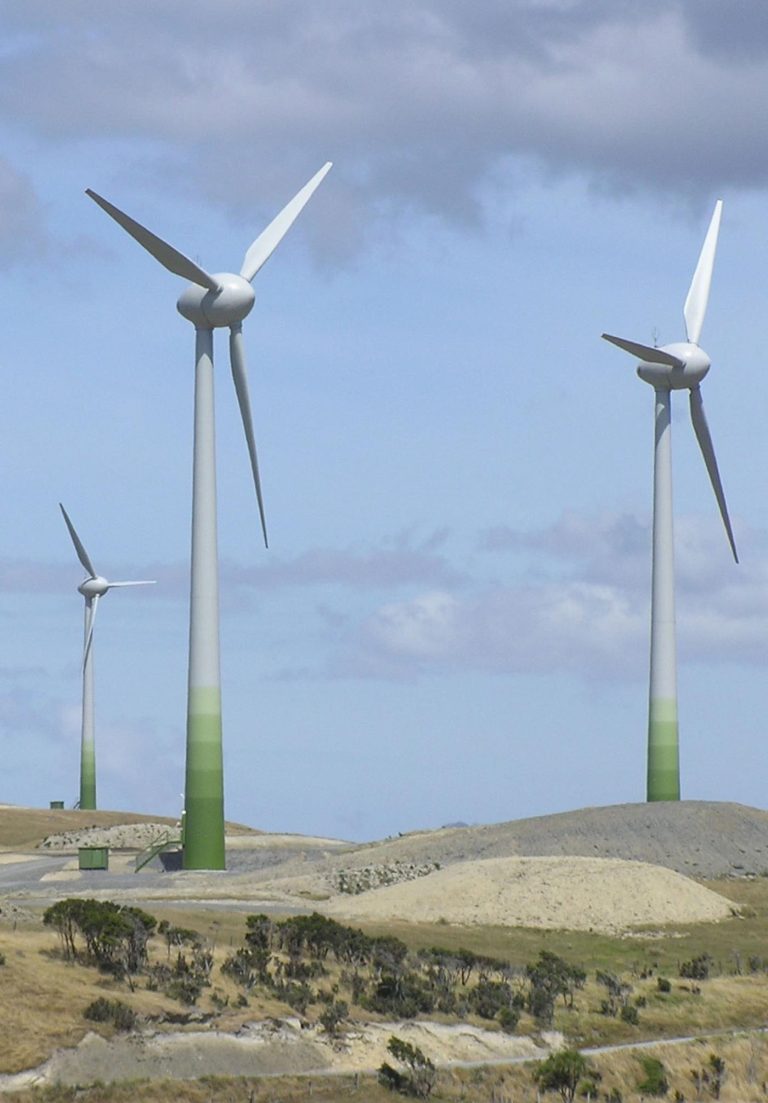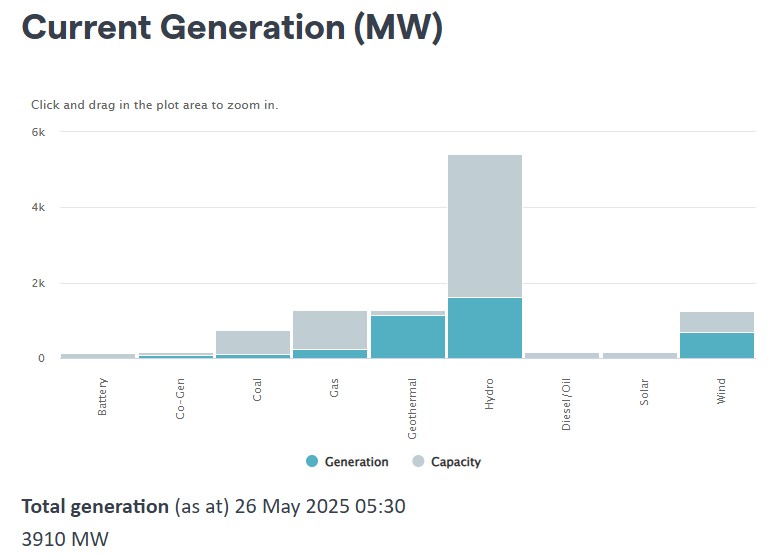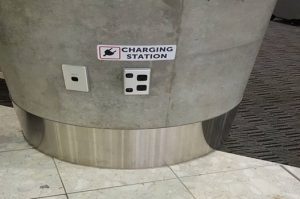
When the National Government in 2016 introduced a wide ranging package of measures to increase the uptake of electric vehicles in New Zealand the then Minister of Transport, Simon Bridges stated
“Electric vehicles will maximise New Zealand’s renewable advantage, with more than 80% of the country’s electricity coming from hydro, geothermal and wind. The increased use of electric vehicles will replace petrol and diesel with clean, green, locally produced energy”
Reduced dependence on imported Oil for consumption through a growing EV fleet , and a continuing increase in renewable generation will also mean that New Zealand becomes insulated from world fluctuations, unfortunately all too evident at this moment in time.
However, as the number of EVs increase, the amount of power needed increases as well. This demand can be managed and how an EV owner charges makes a huge difference.
Not only is charging at home convenient and easy, but during off-peak times when there is far less strain on the grid (hence the term off -peak !) it is also a lot cheaper for the EV owner as many retailers offer incentivised off peak charging rates.
As mentioned in another post, the emergence of vehicle to grid and vehicle to load capability, effectively means New Zealand will have an increasing battery bank where in times of high pricing, power can effectively be sold back to the retailers or car batteries can be used to recharge phones and power fridges!
Current Capacity
The image below shows the state of New Zealand’s generation and capacity at one moment in time – (click image for live data)
So what is planned and what can be done for NZ to achieve energy independence?
More generation from renewables
Due to the Environmental and financial cost we are unlikely to damn more rivers in towns like Clyde (it is an option of course) so we are unlikely to see more of this:

Solar and Wind
Whereas many Countries do not have the natural resources in terms of hydro and thermal that New Zealand has, the sun and wind are a natural resource in most parts of the world and it is not surprising that countries like China, India and, closer to home, Australia are investing, and have invested, significantly in solar and/or wind generation.
This has been helped by significant advances in battery storage for when the sun does not shine or the wind does not blow.
So what is happening and planned here?
Lodestone Energy are generating 320GWh of renewable energy across five farms, enough to power 50,000 homes.
Christchurch Airport in conjunction with Contact Energy and Lightsource bp are planning to build the Kōwhai Park solar farm.
Kōwhai Park will generate electricity equivalent to the consumption of around 36,000 homes.
Meridian have many wind farms already generating, including utilising the wind that our capital city Wellington is renowned for. In 2023 they set a target of building seven new large-scale renewable generation or storage projects by 2030.
Meridian currently have a number of new renewable development projects underway, including wind farms in Hawke’s Bay, Wairarapa and Manawatū, an energy park (battery and solar) in Northland and a solar farm northwest of Christchurch.
In September Meridian announced that resource consent had been granted to build a 120-megawatt (MW) solar farm at Ruakākā.
With up to 250,000 solar panels, the Ruakākā Solar Farm, south of Whangārei, would be capable of producing 150 to 200 gigawatt hours of electricity a year – enough to power more than half the homes in Northland.
Meridian are also investing heavily in EV infrastructure.
Mercury, alongside their Hydro and Thermal generation have built several wind farms. One of these at Tararua, in the lower North Island, was the first in the world to produce one hundred million kilowatt hours from their turbine type, and has the site has the reputation as one of the best in the world (according to Mercury)
Mercury also own New Zealand’s largest wind farm, Turitea, in the Tararua Ranges near Palmerston North. With 60 turbines in total and a 12km long 220kV transmission line connecting the farm to the national grid. Turitea was fully commissioned last year and has a maximum capacity of 222MW and an annual output of 840GWh. That is enough to power 375,000 EVs or 120,000 households – about 2% of New Zealand’s national electricity demand.
Genesis, apart from making a $60 million investment in Chargenet NZ, are proposing to build a 47 megawatt solar farm near Christchurch, Canterbury.
Genesis also has a Wind Farm at Hau Nui – acknowledged as one of the best wind farm sites in the world.
With suitable investment, this area could provide up to 12% of the New Zealand wind energy potential, and is second only to the Foveaux Strait and South East Hills area in the South Island.


Please let us know in the comments below, or by using the contact form, of any new major projects underway or anything that you feel would add to this post.




